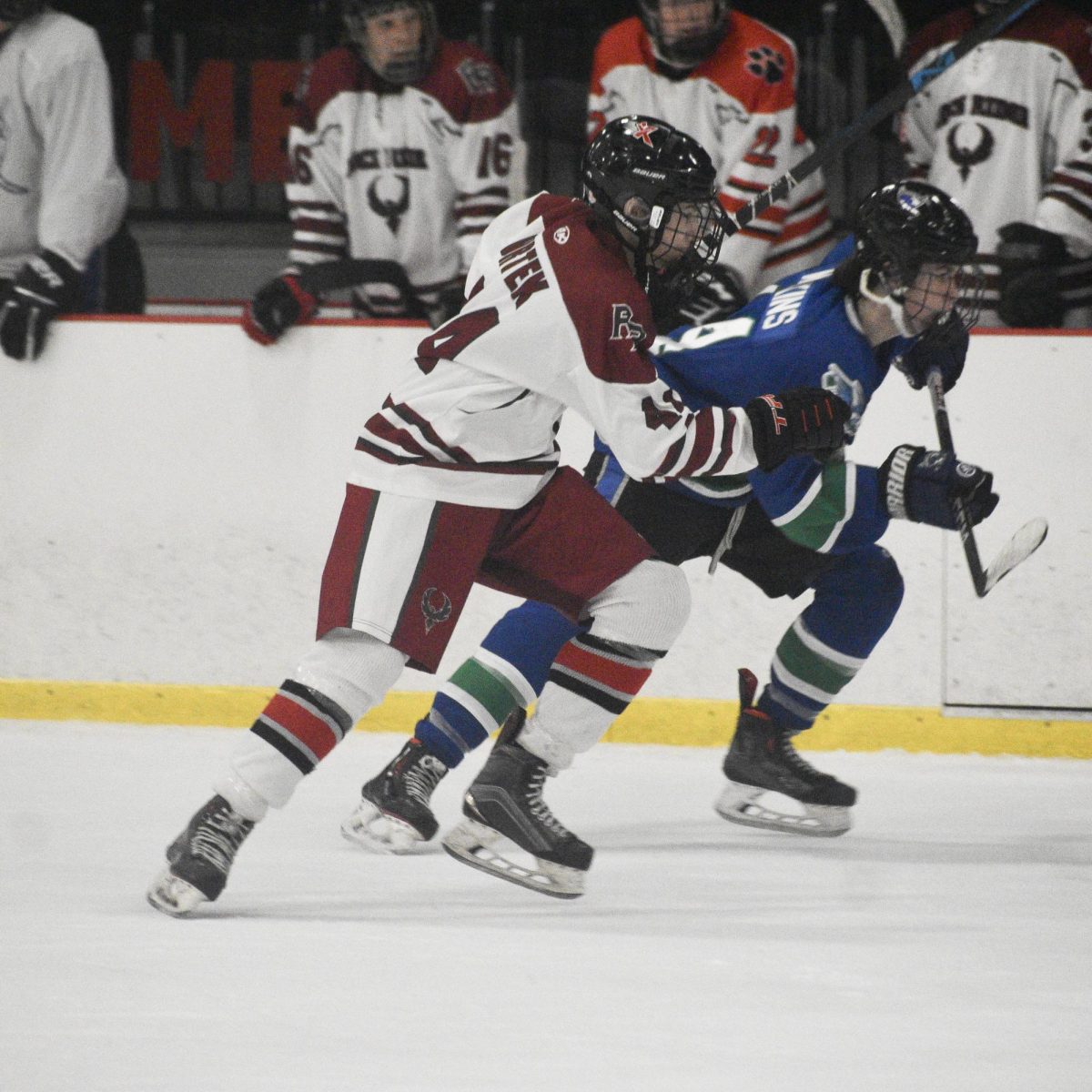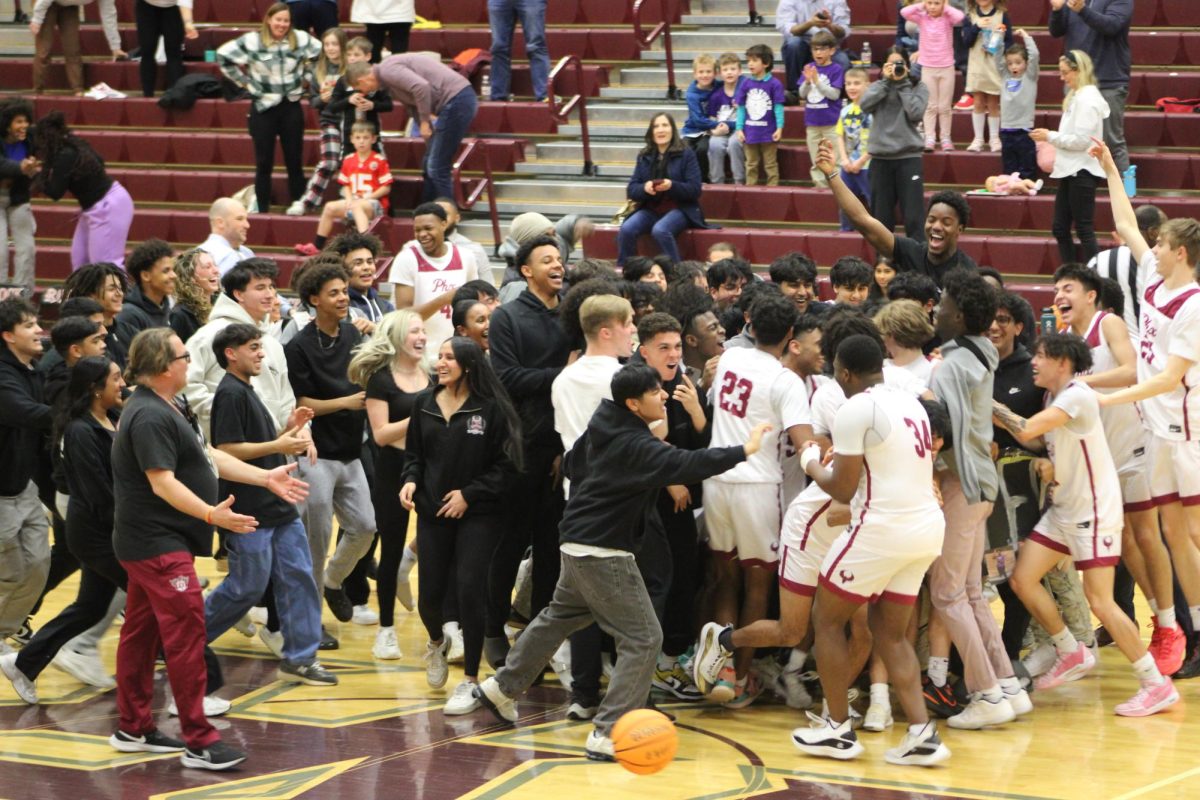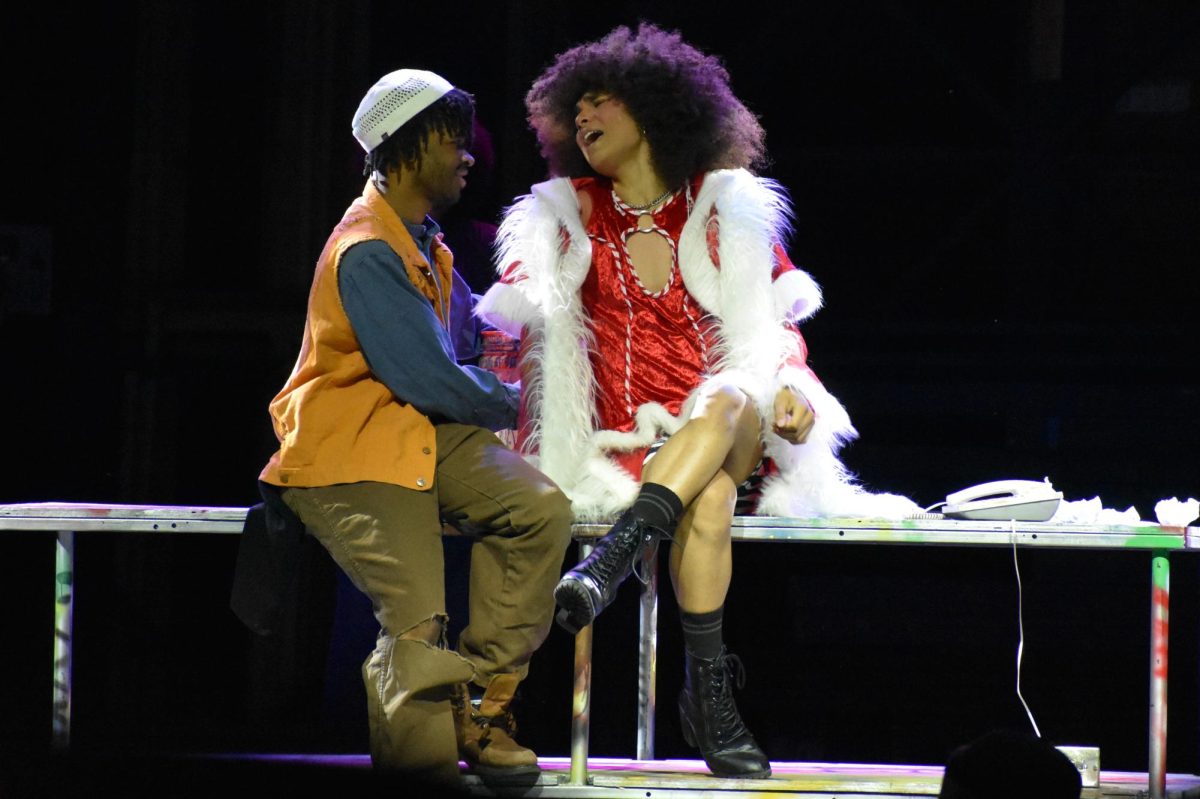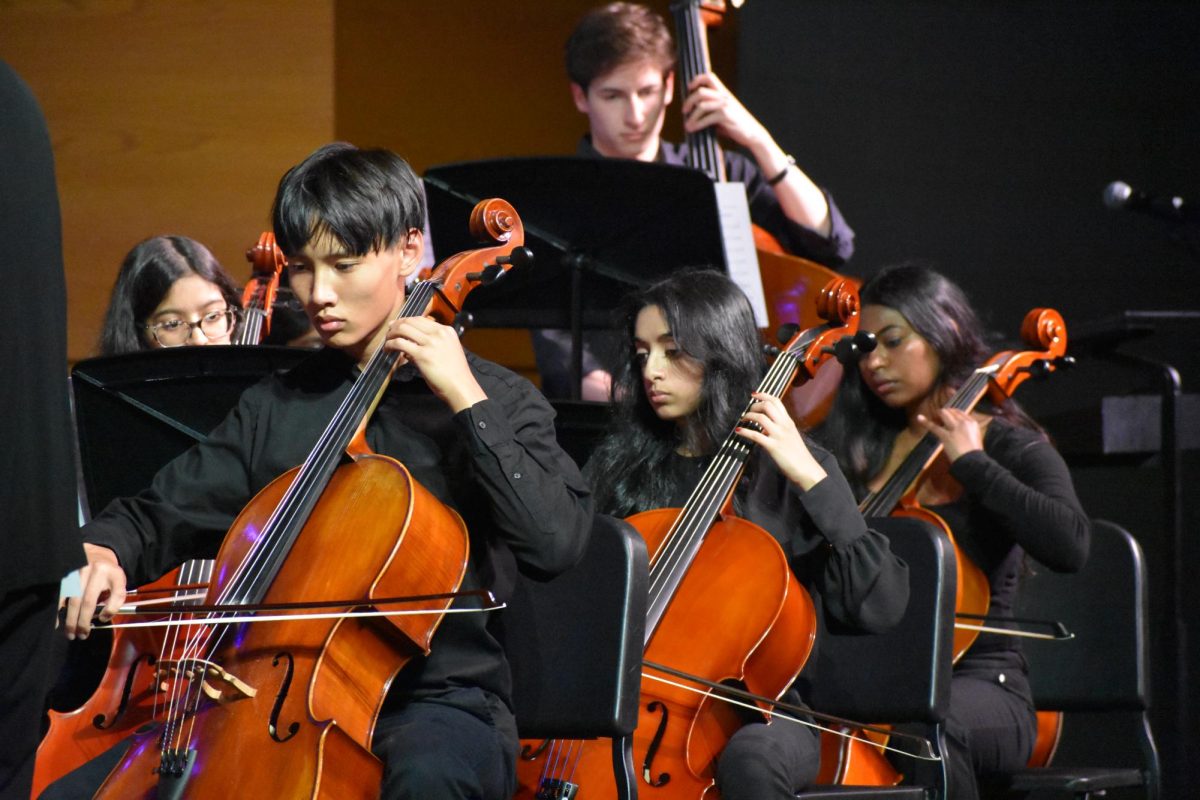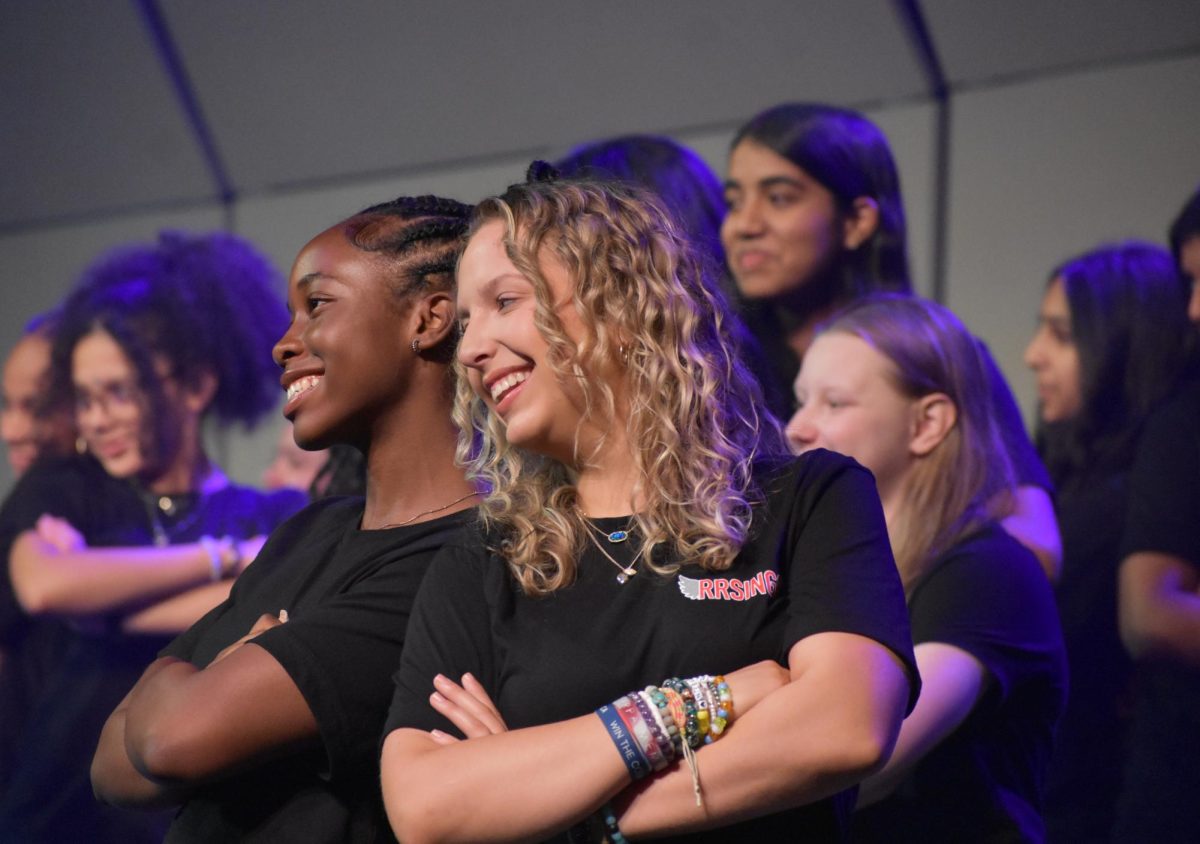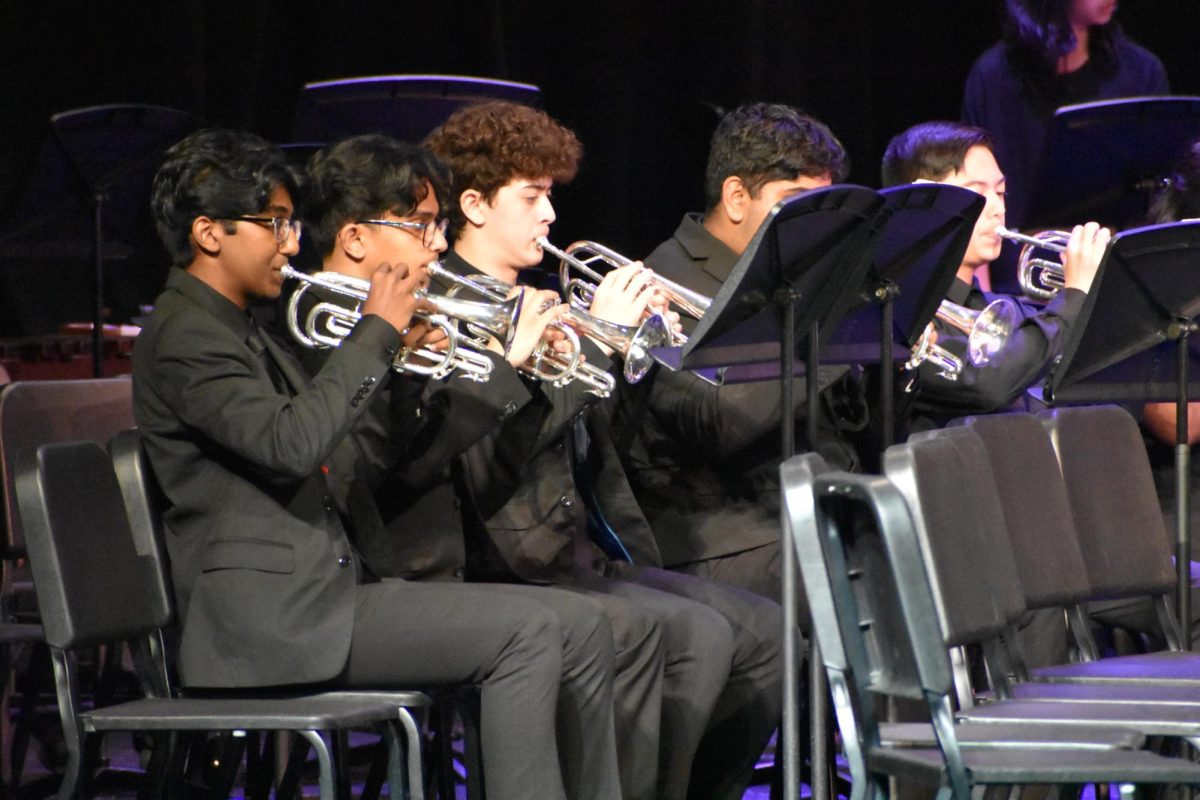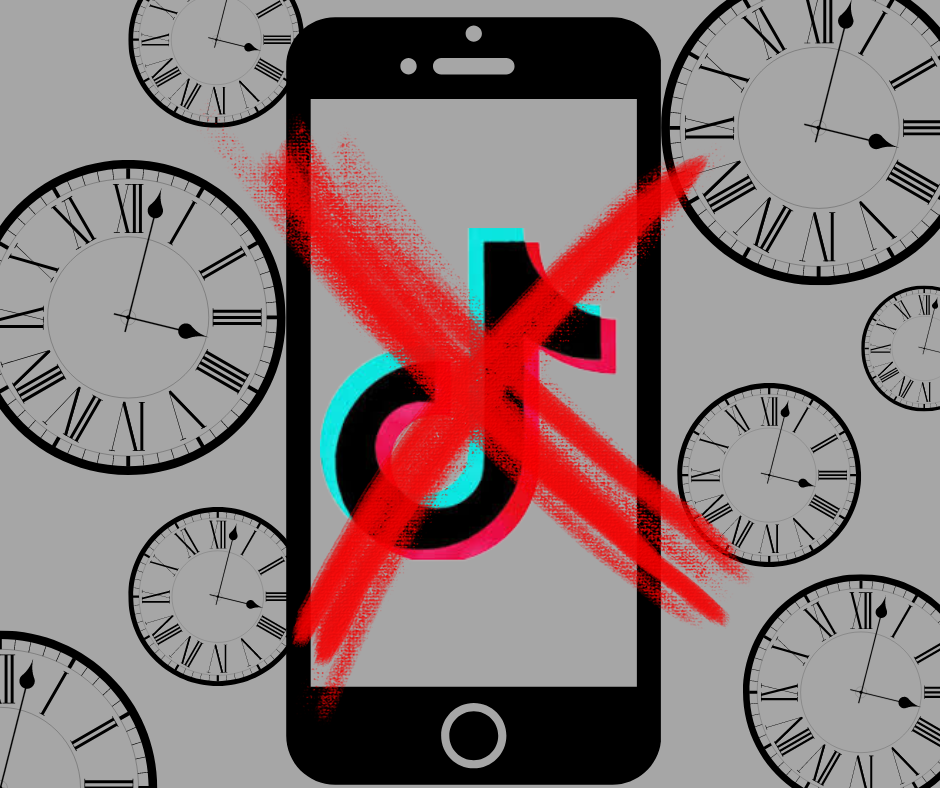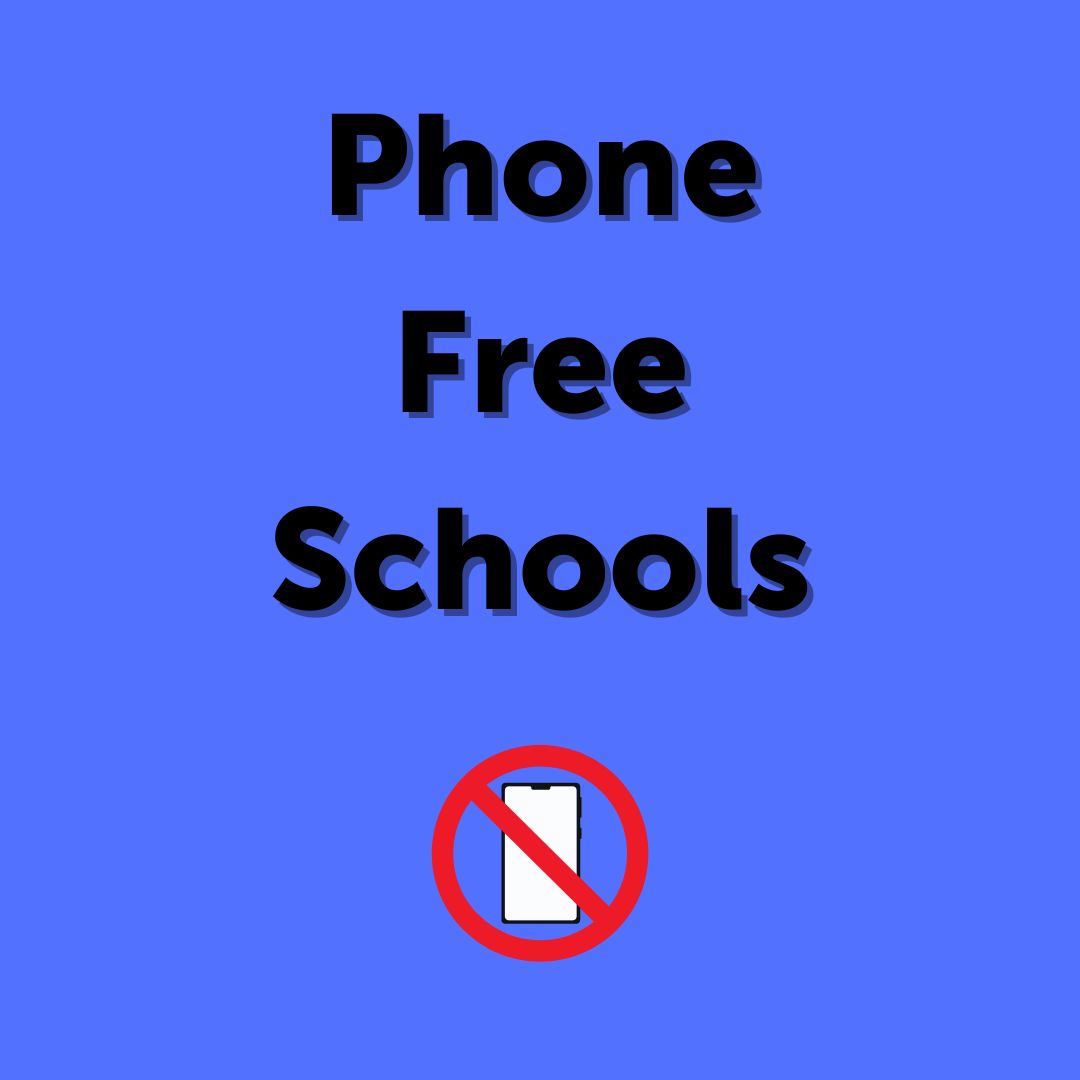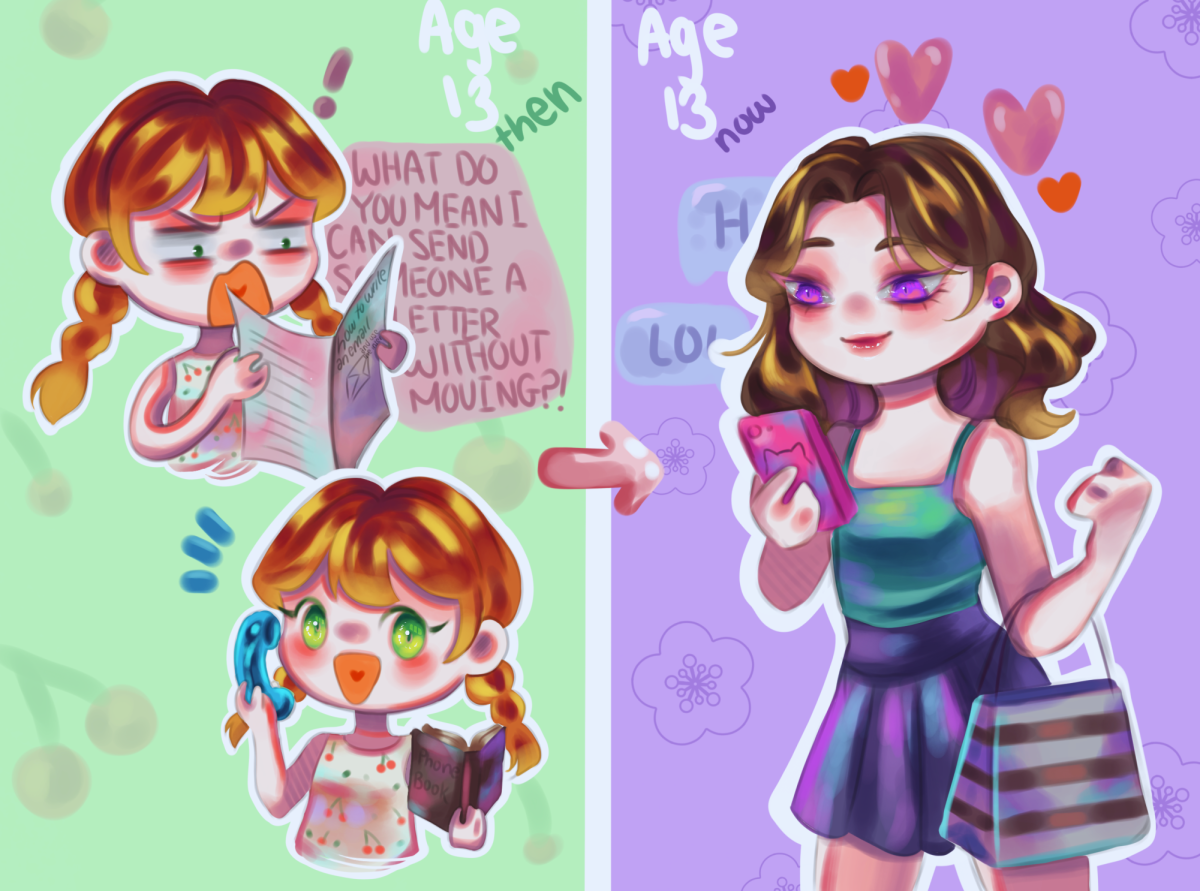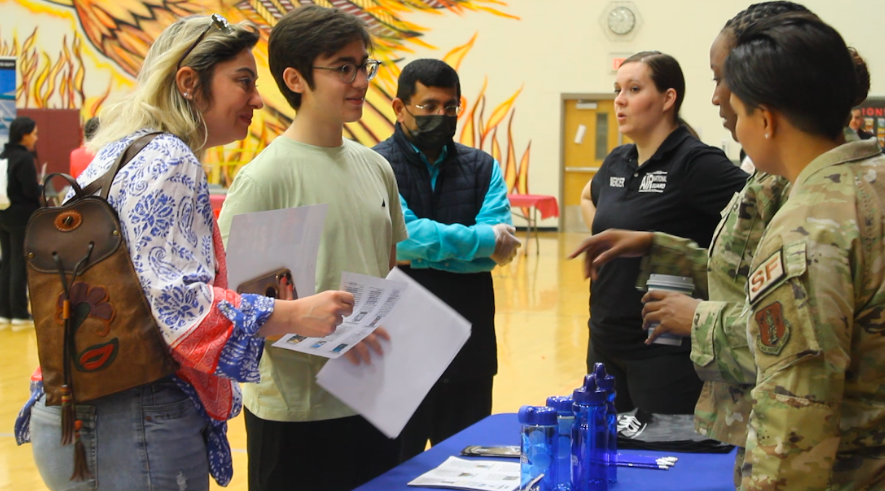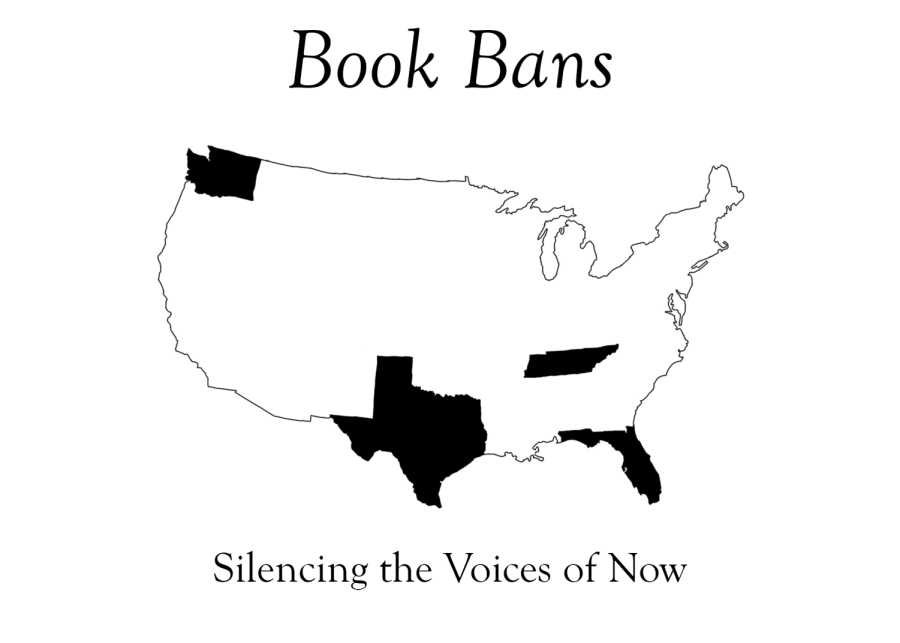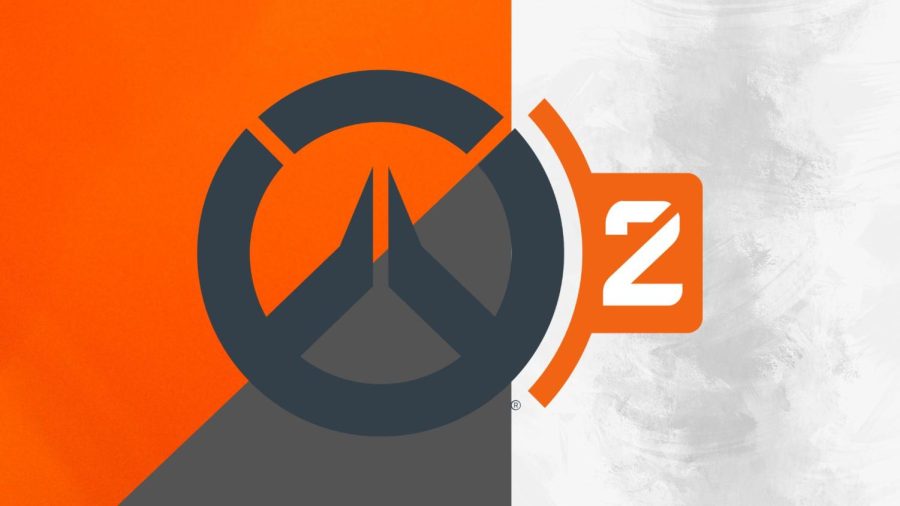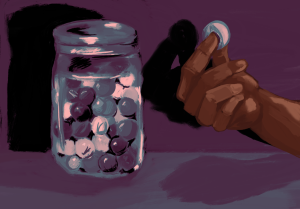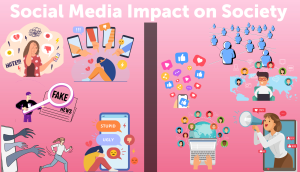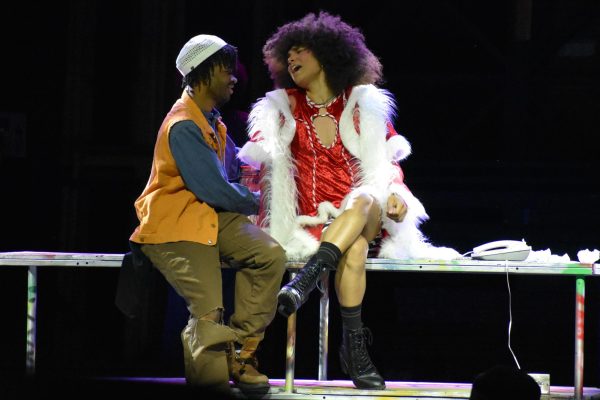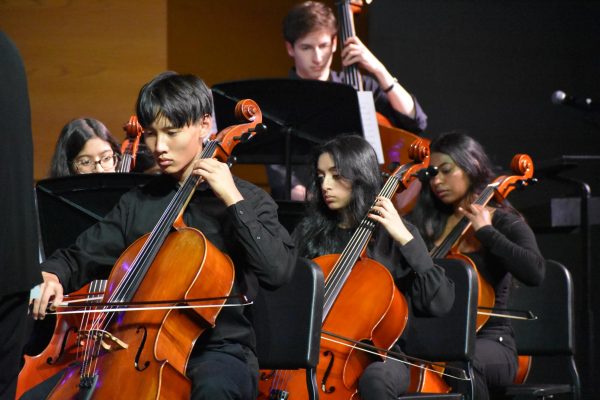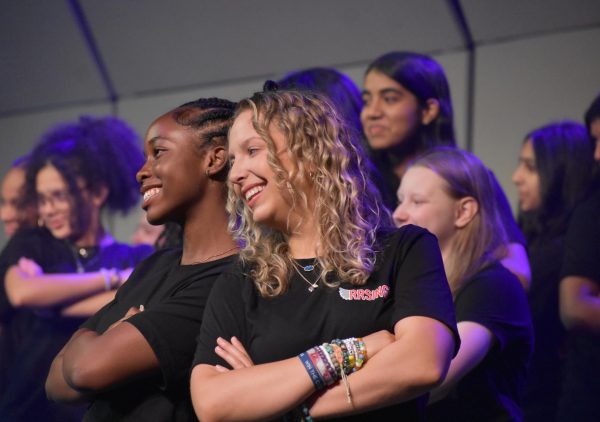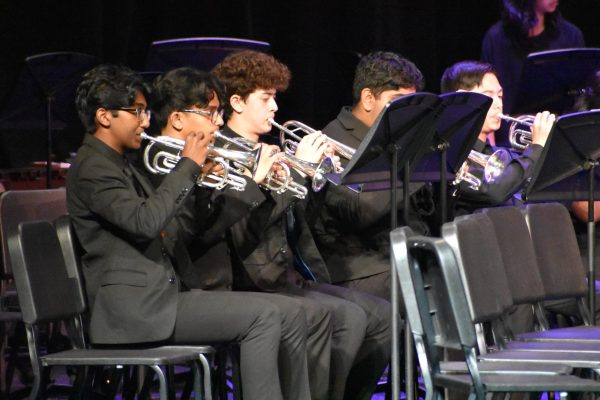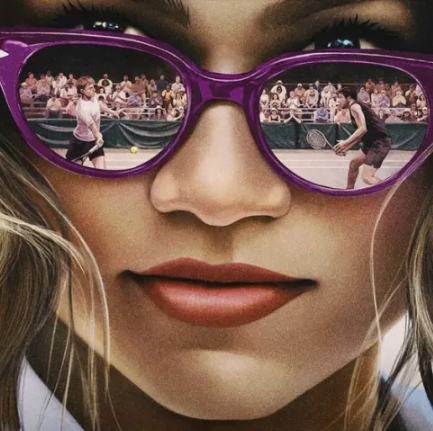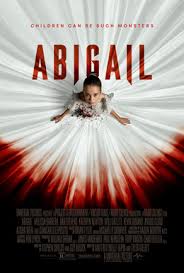Overwatch 2: Sequel or Major Update?
On Oct. 4, 2022, Blizzard Entertainment launched Overwatch 2, the successor to the previous game, Overwatch. While it seems like a major update to its prequel rather than a new game, some elements make the fast-paced, class-based first-person shooter worth a play.
Graphic by Anik Mridha (Logo Courtesy of Blizzard Entertainment via Wikimedia Commons)
The initial launch of Overwatch 2 was rough. Due to a DDoS attack on their servers, Blizzard Entertainment left players in queues stretching up to 40,000 eager participants just to reach the home screen.
November 2, 2022
Overwatch has been a staple in the gaming community for some time. Since its release in 2016, the 6v6 fast-paced action-shooter quickly rose to popularity. Over time, however, its fame slowly died down due to its repetitive gameplay and problems with the overall balance of the game.
On Nov. 1, 2019, Blizzard Entertainment announced the production of the game’s sequel–Overwatch 2–during Blizzcon, a gaming convention hosted annually. After three years, the game was released on Oct. 4, 2022.
There are a couple things to note about this premature sequel to the game. First, can it even be considered a sequel at all? We think not: the limited changes to the game have players dubbing the game as a “content update,” believing there aren’t any significant changes compared to the previous game.
However, the perspective varies depending on if you are a newcomer to the game or a veteran migrating from Overwatch 1. For previous players of Overwatch, the gameplay hasn’t changed significantly, with the biggest change being the transition to teams having five players instead of six. The reduction of one player changes the team composition, going from two players in the tank role to one.
The Overwatch team adjusted this change by giving passives to the different roles in the game: tanks, damage per second (DPS), and supports.
Tanks now receive less knockback from hero abilities and other heroes (enemy or teammate) receive less ultimate percentage when damaging or healing tanks than they previously did in Overwatch 1. Since there is only one tank in the team composition instead of two, these changes lessen the burden on the tank.
DPS now gain a burst of movement speed and an increase in reload speed whenever they eliminate an enemy. The DPS passive gives an incentive to eliminate enemies in quick succession to win teamfights, as removing one player from the teamfight can be detrimental to the other team.
The most notable change here is the support passive. Supports now having the ability to heal over time, which grants them an opportunity to survive many encounters and stay in the teamfight longer. This can lead to more extended teamfights, with supports still alive healing their tanks and DPS. The gameplay shifts in that more time is spent fighting, but now heavily encourages eliminating supports first to win the teamfight.
Another change added to the game is how players can get rewards and cosmetics for the different heroes in the game. Overwatch has shifted from the loot box system to the now-popular battle pass system. The battle pass is a progression system where players complete tiers to earn rewards and cosmetics, such as different emotes and skins for different heroes. While the battle pass is free to all players, some rewards are locked and can only be obtained by upgrading the battle pass through spending 1,000 Overwatch Coins (roughly 10 USD).
The change from loot box to battle pass has separated the community, with some accepting the new change and others preferring the old method. We think that the loot boxes were a quality that should have been kept, because every other game has a battle pass or something of that equivalence. The problem most players see with the battle pass system is that most cosmetics are not easily obtainable without spending your money on the game, whether it would be spending Overwatch coins on skins in the shop, or upgrading the battle pass.
So why the change? Aside from the fact that this is a new method for Blizzard to profit off the game and support the longevity of the game, it mitigates the cost, making the game free to play, another change from the previous iteration. Overwatch 1 was a game that cost around $60, sometimes $30 during sales. During the switch to Overwatch 2, Blizzard announced that the game is going free to play. Making the game free to play increases accessibility, roping in new players and overall expanding the game to a larger player base.
Overwatch 2 might intimidate newer players — the display is confusing and hard to decipher at first glance, but makes sense with experience. Even though the characters are hard to unlock, the gameplay makes up in every way, the smooth graphics and controls make it possible for new players to compete with more experienced players. Along with the animation style, it gives off a friendly look that captivates attention.
The community of more experienced Overwatch players have been overwhelmingly positive when encountering a novice, but seems more toxic to players who have played the game before. The newfound accessibility of Overwatch 2 will force a change in the nature of the fanbase in the way the community interacts with each other, and with how new players will develop.
Overall, Overwatch 2 has evolved into a game that new and old players alike can enjoy. Since becoming increasingly popular across platforms such as TikTok and Youtube, the game has made a comeback from its dying state back in 2019. For anyone who likes a fast-paced, class-based first-person shooter, we highly recommend giving the game a try.

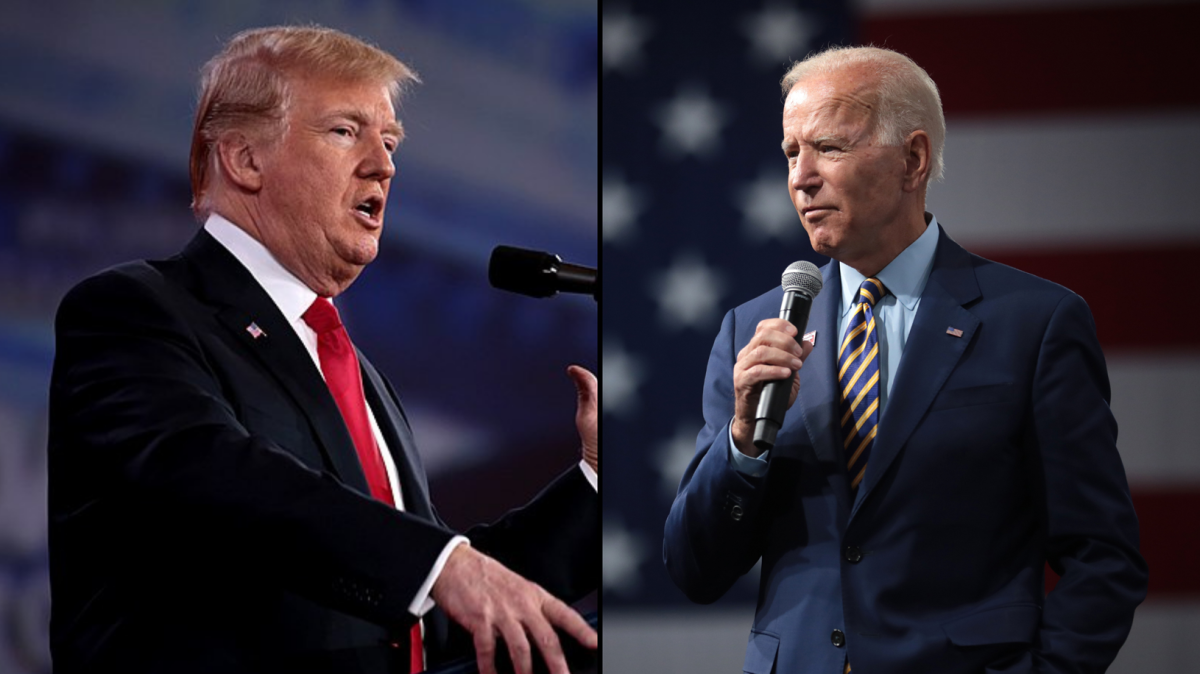


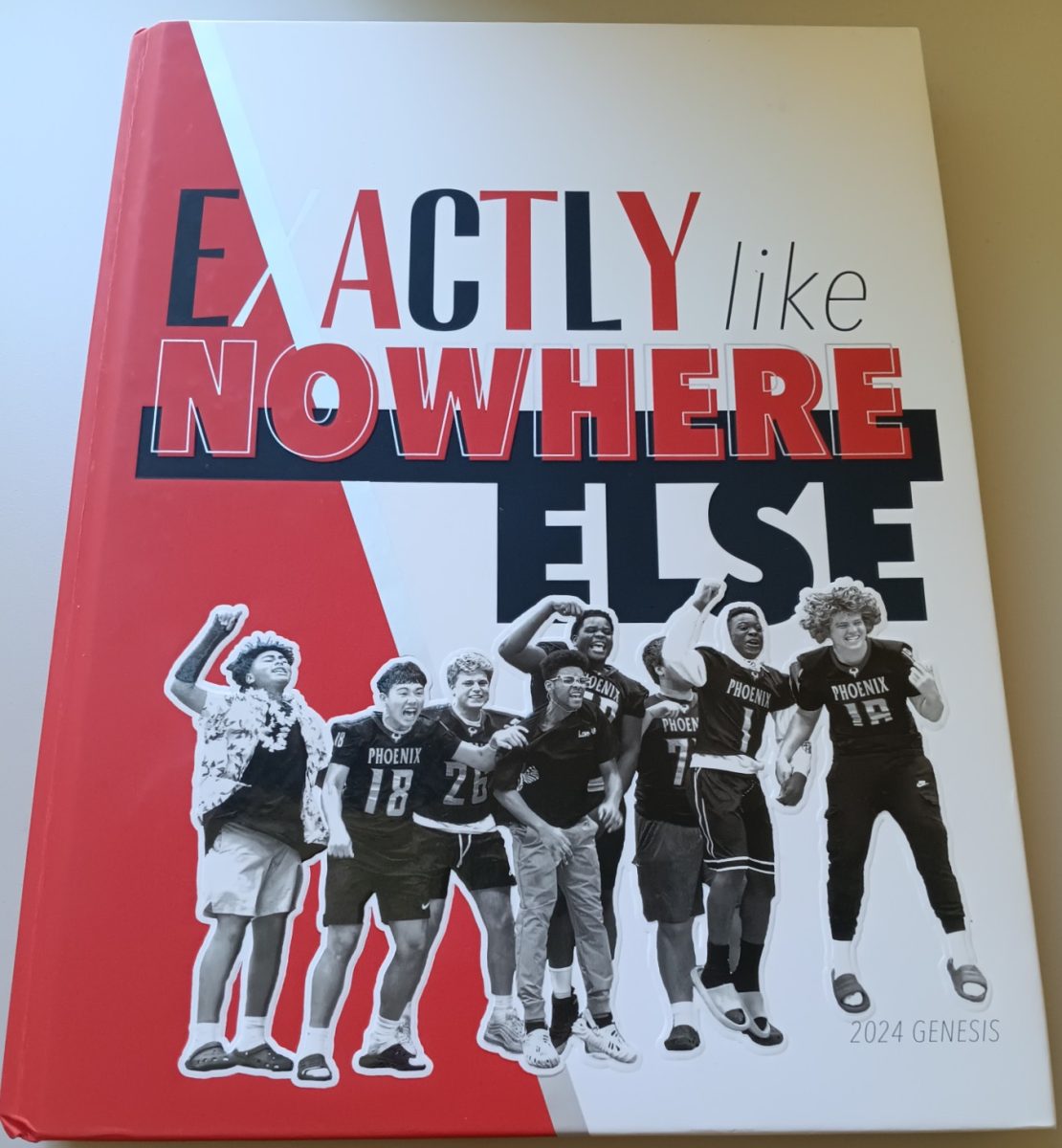





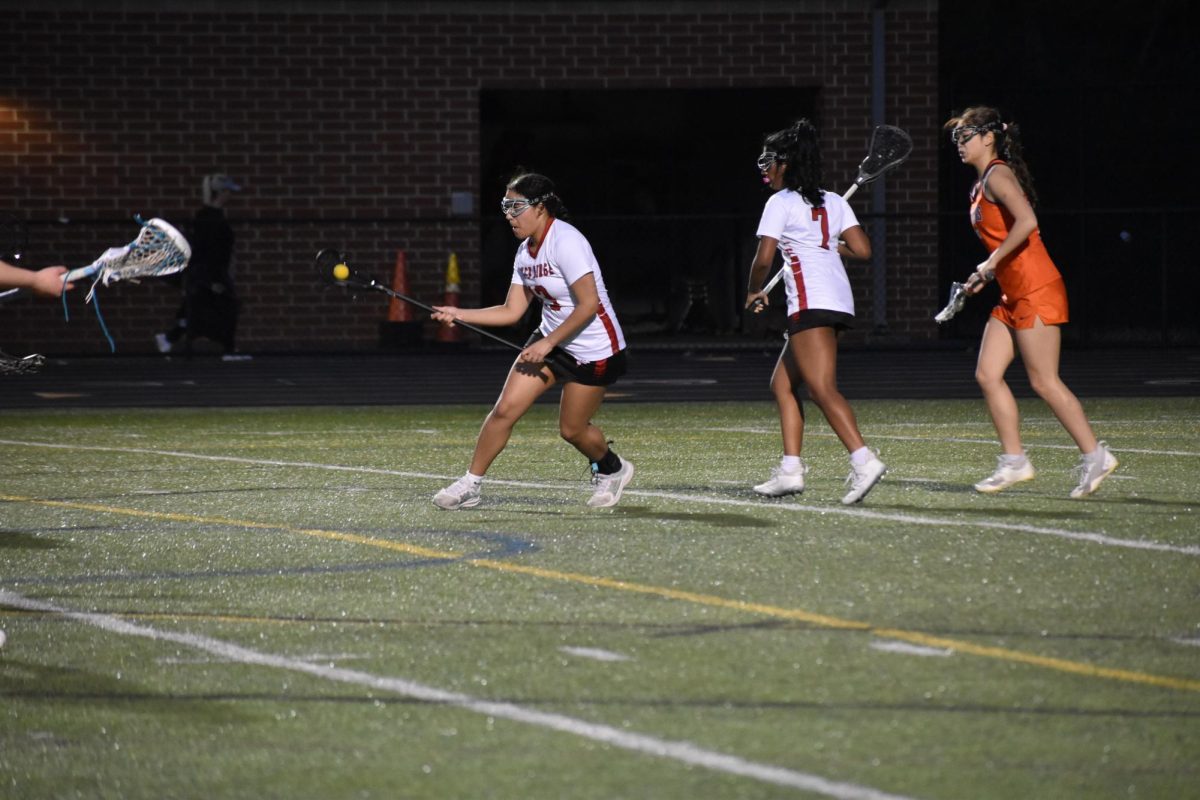

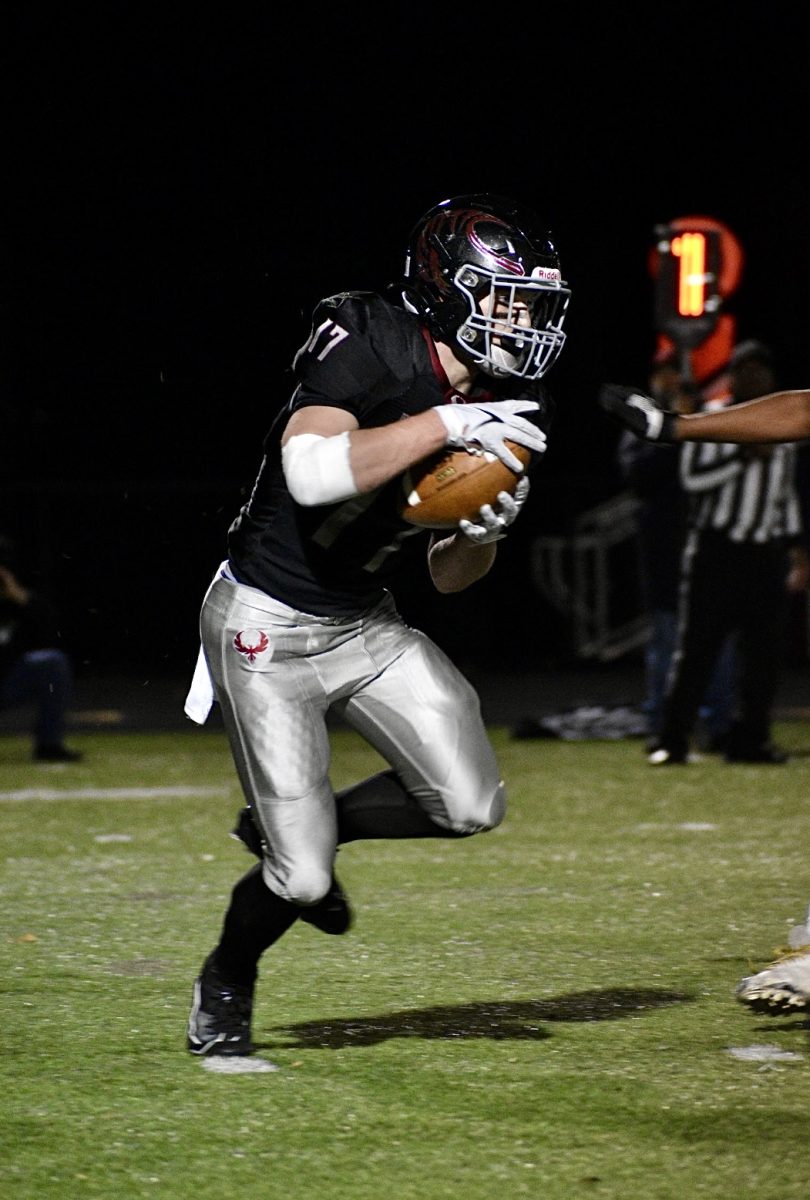
![Held up by a group of cheerleaders, flyer sophomore Leyu Yonas poses as part of a stunt, also supported by flyer junior Shayne Mitchell behind her. (Left) Prior to the pink out football game on Oct. 13, the athletes practiced in the aux gym from 5 p.m. to 6:30 p.m. (Right) On Oct. 19, the cheerleaders competed in their District Championships at Woodgrove High School. “We definitely put all our effort on the mat [at Districts], and it showed,” Mitchell said. Left: Photo by Nadia Shirr. Right: Photo by Steve Prakope via Victor O’Neill Studios.](https://theblazerrhs.com/wp-content/uploads/2023/11/feature-image-1200x823.png)
![Sophomore Xavier Smith (6), the Phoenix quarterback, runs the ball as his teammates help hold up the defense. “My [offensive] line collapses, so I just [have to run], and its a good way to get first downs because [Tuscarora’s] defense was really good,” Smith said.](https://theblazerrhs.com/wp-content/uploads/2023/11/IMG_5383-1200x897.jpg)
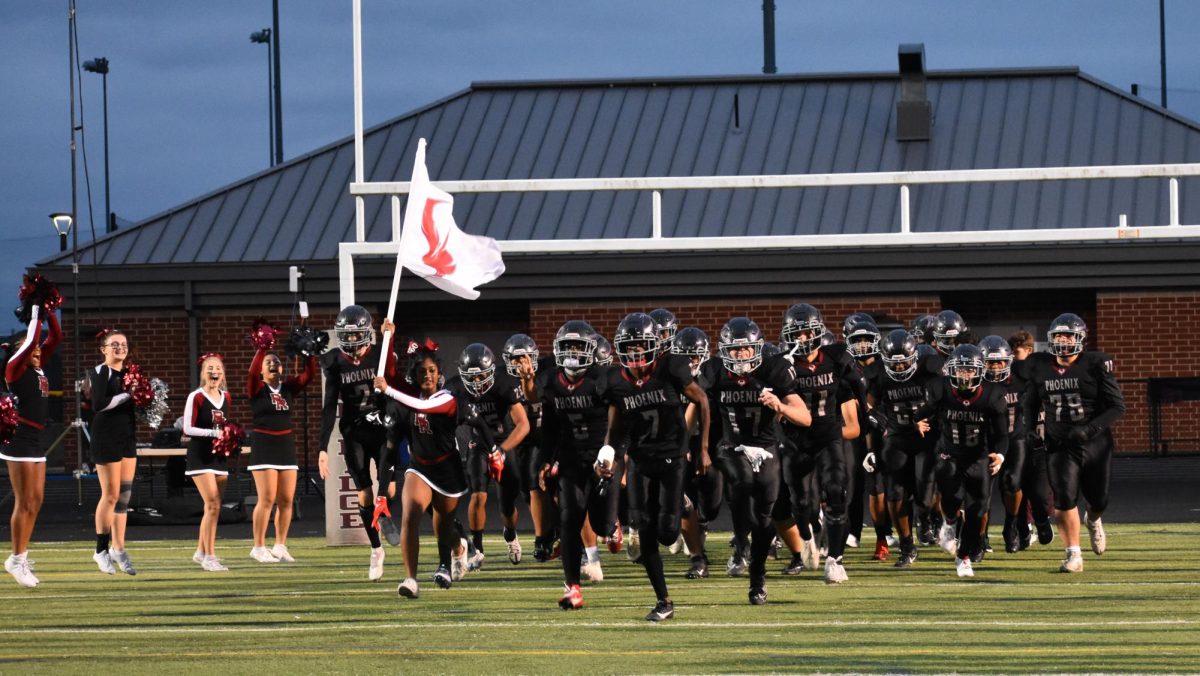
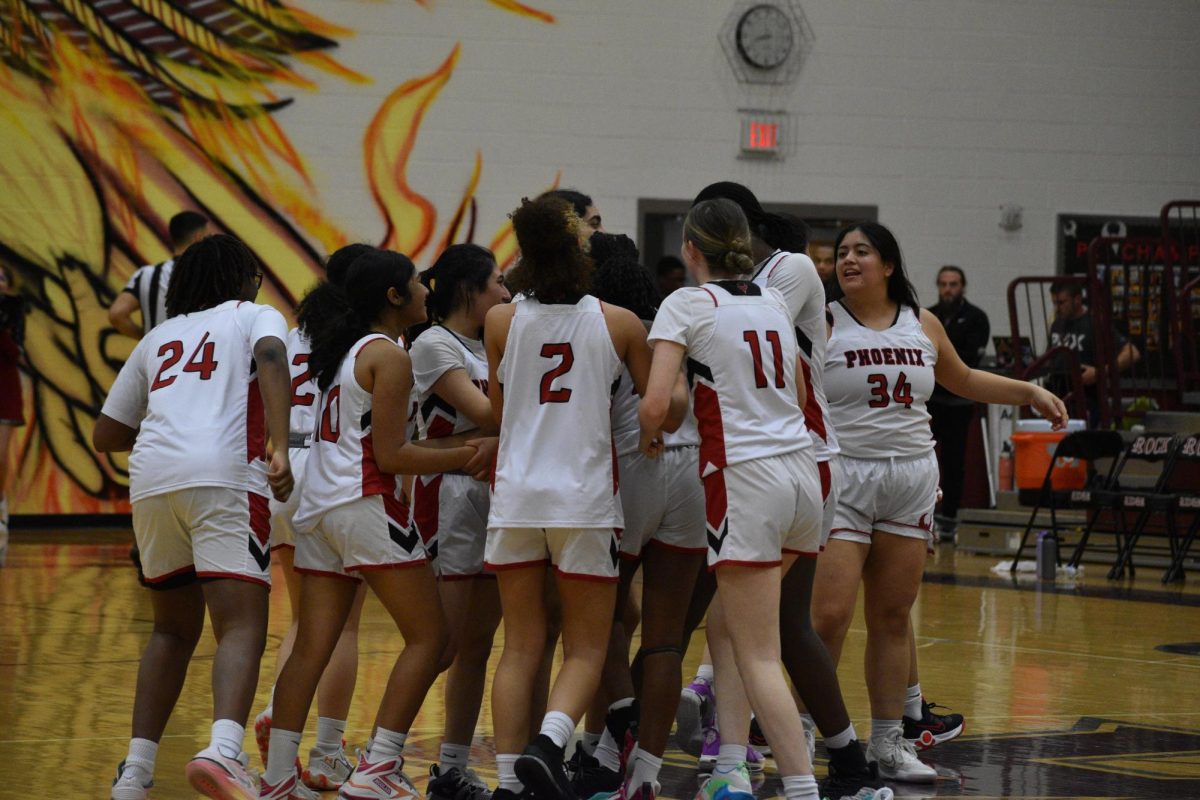
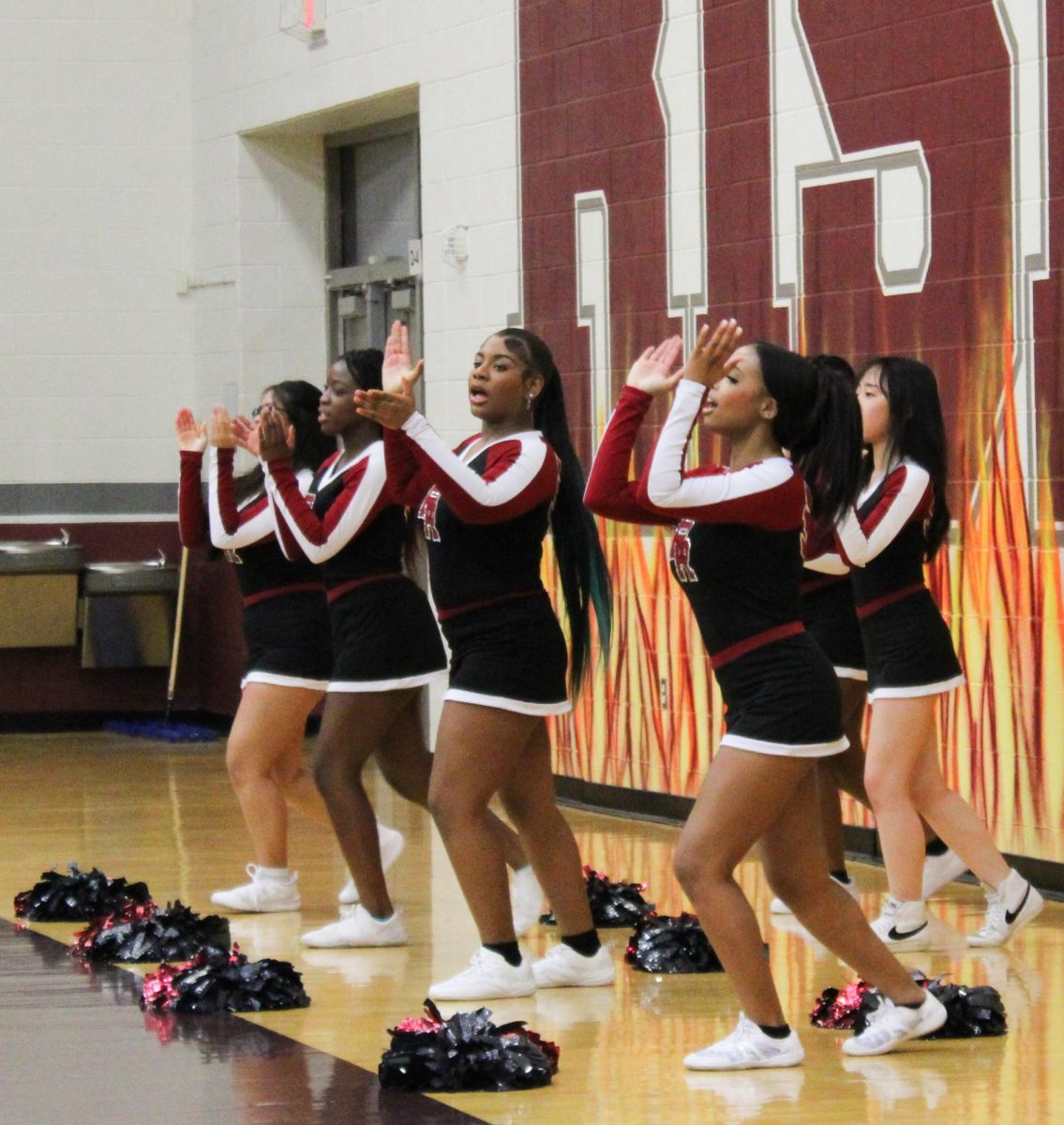
![As the referee throws the ball up for the tip-off, freshman Simone Diby leaps towards the ball to get it in Phoenix possession. Diby is a new member of the Phoenix girls basketball team, and despite it being a change, she finds it enjoyable. “It’s definitely a different experience if you’ve never played on a team, [but] I think it’s still fun.”](https://theblazerrhs.com/wp-content/uploads/2024/03/DSC_0057-1200x662.jpg)
